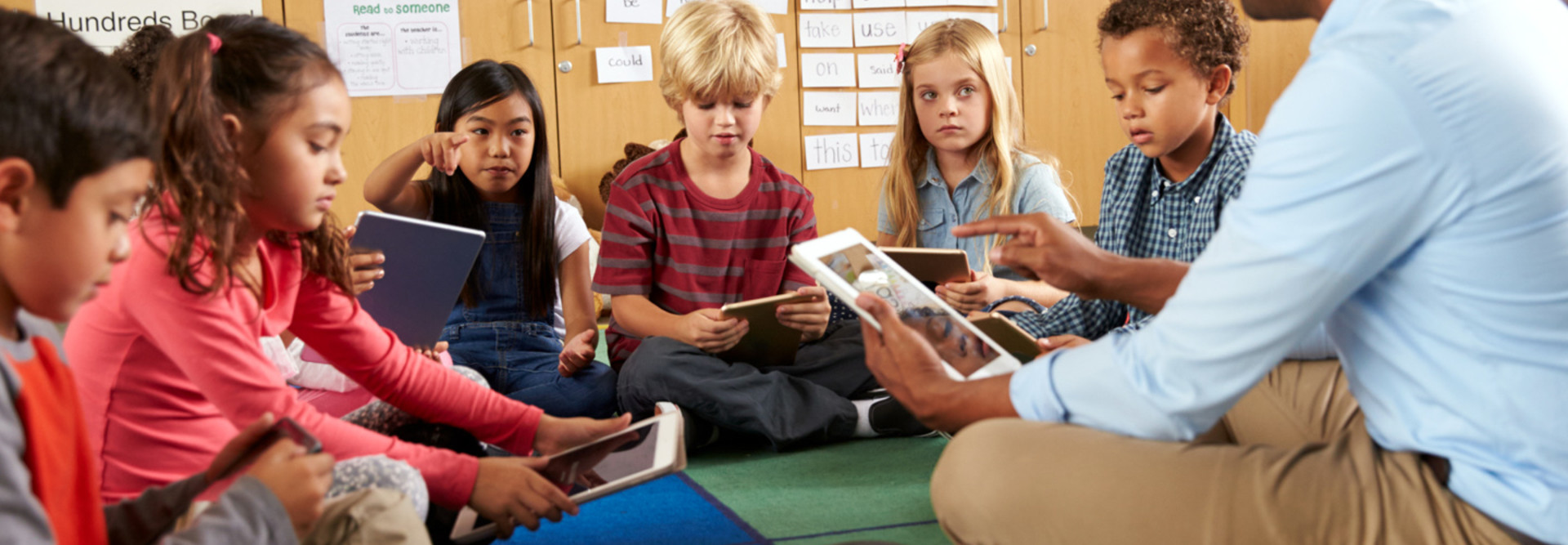Why Balancing Priorities Is Essential to One-to-One Computing
It’s been more than 14 years since I began working in the educational technology space, and in that time, I’ve seen tech trends come and go. One such craze, one-to-one computing, has outlasted many of the rest.
That’s because schools and districts continue to chase the dream of increased student engagement and improved learning outcomes by pushing for more and more devices in the hands of students. And although I’ve seen many one-to-one programs succeed, I believe it’s the failed attempts that teach us the most about how we can do better.
The First Thing Schools Need to Learn
One area of improvement I’ve seen time and time again is the need to balance technology and learning priorities. The minds at the Office of Educational Technology touch on this idea in their 2016 National Education Technology Plan, Future Ready Learning: Reimagining the Role of Technology in Education. That report states:
As a K–12 Strategy Specialist who helps schools and districts get the most value out of their technology investments, I definitely understand how IT professionals might get tunnel vision when it comes to fulfilling hardware and infrastructure needs. After all, decision-makers have to sort through endless notebook, tablet and hybrid device options in search of a solution that not only meets stakeholders' demands and expectations but also stays within the budget. And before that selection process can even begin, IT professionals have to build out the school’s network to ensure that it can support the traffic spike caused when all of those devices go live.
Evening Out 1:1 Priorities
With such vital IT tasks weighing heavily on one side of the scale, it’s no wonder that the one-to-one equation gets a little lopsided. But that’s why it’s essential for IT and district leadership to remember that educational technology deployments are about so much more than, well, technology. They’re about promoting deeper learning by giving students innovative tools that help them explore subjects in new and meaningful ways.
For that reason, technology planning should always start with the two most important elements of learning: students and teachers. Decision-makers should consider meeting with both groups to get a feel for the current learning environment, discover technology gaps and find out which solutions students and teachers would like to pursue. Their input on potential scheduling software, interactive content, testing tools and more can inform device selection and help curriculum design specialists set instructional goals and visualize the end game.
Later in the deployment process, technical training can go a long way toward increasing teachers’ comfort level with new tools and processes. Professional development opportunities can then help teachers understand how hardware and software fit into the curriculum, so the focus stays on learning, not technology.
Finally, a solid feedback loop between students, teachers, administrators, IT professionals and even technology partners is essential to program success. Constant communication will help stakeholders keep their priorities in check so that schools and districts can design education technology initiatives that stand the test of time.
This article is part of the “Connect IT: Bridging the Gap Between Education and Technology” series. Please join the discussion on Twitter by using the #ConnectIT hashtag.





![[title]Connect IT: Bridging the Gap Between Education and Technology [title]Connect IT: Bridging the Gap Between Education and Technology](http://www.edtechmagazine.com/k12/sites/default/files/articles/2014/05/connectit.jpg)




